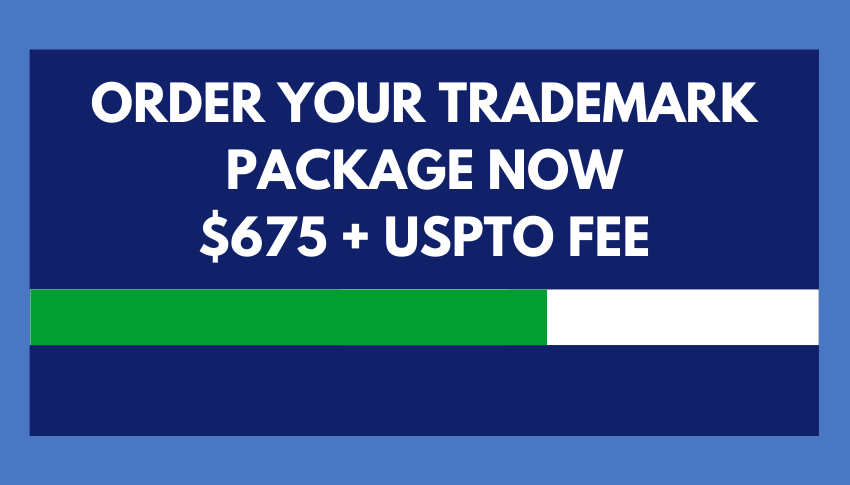What is a Trademark Opposition Proceeding?
At some point during your trademark application process, you may encounter a common trademark enforcement mechanism within the U.S. Patent and Trademark Office (USPTO) system known as a trademark opposition.
Here we consider what is a trademark opposition proceeding, how does it work, and what to do if you find yourself on the receiving end of a trademark opposition.
A trademark opposition is a legal proceeding filed by a trademark owner if they believe there is a conflict or likelihood of confusion between their trademark and your trademark or brand name during the federal trademark registration process.
How Long Until a Trademark Application Review
Approximately 4 months after your trademark application is filed with the USPTO, your application is assigned to an Examining Attorney (Examiner) who is responsible for reviewing the application and determining whether, based on a number of factors and considerations, your mark should be permitted registration.
If the Examiner determines after his or her review that your mark meets all the criteria for registration, and does not conflict with any prior-registered marks or pending trademark applications, the Examiner will approve your mark for publication in the Trademark Official Gazette, the official weekly publication of the USPTO (application and publication information is also readily available to the public on the USPTO website).
Published in The Official Gazette For a Period 30 Days
Your mark will be published in the Official Gazette for a 30-day period, during which time any interested party may institute a trademark opposition proceeding against your mark, or file a request for extension of time to oppose.
Trademark oppositions are a form of litigation administered by and before the Trademark Trial and Appeal Board (TTAB), within the USPTO.
Once a trademark opposition is filed, the Trademark Examiner is no longer involved with the application, and the proceeding must run its course before the TTAB, unless or until the parties reach an earlier settlement.
Notice of Opposition and Likelihood of Confusion
A trademark opposition usually begins when the owner of a registered trademark or pending application files a Notice of Opposition against your trademark application, alleging any number of claims, but most often that registration of your mark would create likelihood of confusion in the marketplace among potential consumers and/or dilution of the opposer’s trademark name and brand value.
The Opposer must file the Notice of Opposition and pay the applicable opposition filing fees (currently $600) to institute the opposition proceeding before the TTAB.
What Happens Once A Notice of Opposition Has Been Served?
Once an opposition is filed, the Notice of Opposition is served on the trademark applicant, or the applicant’s trademark attorney if you have one. You then have 40 days to file an Answer, or request an extension of time to answer.
If you fail to file a timely response to the Trademark Opposition, the TTAB will issue a default judgment against you, the case will be dismissed in favor of the Opposer, and your application will become abandoned. This will be the end of your trademark application process, so it’s very important to respond to a Notice of Opposition as soon as possible.
Trademark oppositions proceed like most other forms of litigation. Once a Notice of Opposition is filed, the TTAB will issue a trial calendar and set dates for the Answer, discovery period and other relevant events.
Each party has an opportunity to gather evidence and information, file briefs and assert arguments in support of its position, if the case gets that far. Unlike most trials, however, the TTAB process is entirely virtual, with everything decided on paper rather than in-person hearings and oral arguments.
Resolving Trademark Oppositions
Trademark opposition proceedings can take years to reach a final decision before the TTAB. More often than not, the parties will decide to settle at some point during the course of the opposition and both agree to dismiss the proceeding.
In any case, it can be a long and potentially costly endeavor for both parties. Large companies often use trademark oppositions to stop smaller trademark applicants who generally cannot bear the costs of protracted litigation and end up defaulting once served with the Notice of Opposition. In these circumstances, it can be a very quick and effective tool.
Receiving or Filing Trademark Oppositions
If you receive a Notice of Opposition, or would like to file one against a potentially infringing trademark applicant, you should consider hiring the services of an experienced trademark attorney to assist you with the process.
For more information, please contact us at (800) 769-7790 or send us a message using the Contact Form to schedule a complimentary consultation with a trademark attorney.



